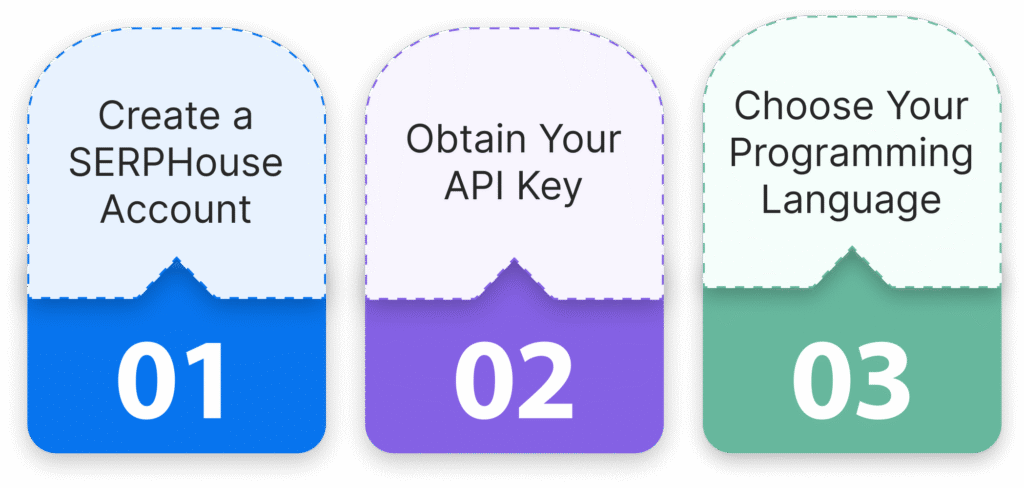Conquer E-commerce SERPs: Scraping Shopping Results with SERPHouse
7 min read
7 min read

Table of Contents
Table of Contents
E-commerce is always changing, so you have to be on the lookout at all times. If you want to stay ahead of the competition, you need great goods and marketing strategies, as well as a deep understanding of how they work.
That’s where SERP scraping comes in—a powerful way to get useful information from search results for shopping.
With the help of SERPHouse, a top SERP API service, this guide goes into detail about how to scrape shopping results from Search Engine Results Pages (SERPs).
We will talk about the pros, cons, legalities, moral issues, and, most importantly, a step-by-step way to successfully scrape shopping data.
Imagine having a real-time window into what products rank for your target keywords, their pricing, and even snippets of customer reviews. This is the power of scraping shopping SERPs.

Here are some key benefits:
Before diving into the how-to, addressing the legalities and ethical considerations surrounding scraping is crucial. Here’s what you need to keep in mind:
Respect Robots.txt:
Most websites have a robots.txt file that specifies how bots, including web scrapers, should interact with the site. Always respect the robots.txt guidelines to avoid violating terms of service.
Be a Responsible Scraper:
Don’t overload a website with excessive scraping requests. Implement a reasonable delay between requests to avoid overwhelming the server.
Focus on Public Data:
Only scrape publicly available data displayed on SERPs. Avoid scraping private or sensitive information.
Important Note: Laws and regulations around scraping can vary by region. It’s always best to consult a legal professional for specific guidance in your jurisdiction.
Now, let’s get down to business! Here’s how to set up SERPHouse and prepare for scraping shopping results:

Create a Account: Head to and sign up for a free account. This will grant you access to a limited number of monthly API requests.
Obtain API Key: Once registered, navigate to your account dashboard and locate your API key. This unique key identifies your account and is required to make API requests.
Choose Your Language: It offers libraries and code examples for various programming languages like Python, Node.js, and PHP. Select the language you’re comfortable with when writing the scraping script.
Here’s a breakdown of the steps involved in crafting your SERP scraping script with SERPHouse:
Data Points to Extract:
6. Store the Extracted Data: Choose a suitable method to store the extracted shopping data. Here are some options:
Create a CSV File: This is a common and easy-to-use format for storing scraped data in a tabular format. Each row can represent a product, with columns for title, URL, price, and other extracted information.
Export to a Database: For larger datasets and complex analysis, consider storing the data in a structured database management system like MySQL or PostgreSQL. This allows for efficient querying and manipulation of the data.
7. Automate the Process: If you plan on scraping shopping SERPs regularly, consider automating the script. You can achieve this by scheduling the script to run periodically using cron jobs (Linux/Unix) or Task Scheduler (Windows).
Here’s an example Python code snippet to illustrate the basic structure of a scraping script using SERPHouse’s Python library:
Remember: This is a simplified example. You’ll need to customize the script based on your specific needs and chosen programming language.
Once you store your shopping data, it’s time to unlock its potential. Here are some ways to analyze the scraped data:
By effectively scraping and analyzing shopping SERPs, you gain a significant edge in the ever-competitive e-commerce landscape.
SERPHouse is a user-friendly API that focuses on responsible scraping, empowering you to gather valuable market intelligence and propel your e-commerce business forward.
Remember: Always practice responsible scraping and respect website guidelines. Use the insights gained ethically and legally to improve your e-commerce strategy and, ultimately, deliver a better customer experience.